Scientists have used physics, genetic testing, and other scientific methods to develop theories. Such research has gone a long way toward solving some mysteries, but often there are still many unanswered questions.
Here are nine natural mysteries around the world that scientists have yet to fully explain.
Eternal Flame, New York
In New York's Chestnut Ridge Park, a flickering flame gives the Eternal Flame its name. Protected from a waterfall in a rock cavity, the flame can burn indefinitely, although it does occasionally go out.
Eternal Flame in New York
PHOTO: Wirestock Creators
This is an extremely rare phenomenon. Geologist Giuseppe Etiope told National Geographic in 2024 that there are fewer than 50 eternal flames in the world. Flammable natural gas, created when extremely high temperatures cook organic materials, leaks from underground, constantly fueling the flames. Humans, wildfires, or lightning can ignite them.
What's unusual about the New York fire, however, is that its source, more than 120 feet below the surface in the Rhinestreet Shale formation, is relatively cool.
“The traditional theory of how natural gas forms is that you have to heat it to a temperature higher than boiling water,” researcher Arndt Schimmelmann told State Impact Pennsylvania in 2013. “But the rocks here are not that hot and have never been that hot.”
One of the researchers' theories is that minerals such as iron or nickel could have provided the catalyst for the fire.
European eel, Sargasso Sea
The ancient Greek philosopher Aristotle wrote, "Eels originate from the so-called 'earthworms' that grow naturally in mud and moist soil."
More than 2,000 years later, scientists know that’s not true, but they still don’t know how eels reproduce. Danish biologist Johannes Schmidt has tracked European eels migrating to what he believes to be their breeding grounds in the Sargasso Sea. Some travel more than 4,000 kilometers to reach an area of the North Atlantic bounded by four ocean currents.
European eel in Thailand in 2018
PHOTO: Reuters
That discovery was more than 100 years ago, and scientists still have many questions about how European eels move, including how they orient themselves, their routes, and how fast they swim.
Learning more about how eels reproduce is important because the number of eels reaching Europe has plummeted by 95% since the 1980s.
In 2022, scientists published a paper describing how they tagged the eels and confirmed that adult eels do indeed migrate to the Sargasso Sea, possibly to spawn. Despite years of research, no one has found adult eels or eggs at the site, leading some to suspect it is not a breeding ground.
Savonoski Crater, Alaska
Flying over Katmai National Monument in southwest Alaska, you'll see a lake that looks almost too perfect to be man-made. The lake is more than 500m wide and more than 100m deep.
PHOTO: Kaiti Critz
Melting snow and rain filled a crater that formed sometime during or before the last ice age. In the 1960s and 1970s, scientists studying the Savonoski crater tried to find evidence of a meteorite impact. It seemed likely that a meteorite could have caused this deep, circular crater.
However, retreating glaciers may have carried any remnants of the impact with them.
The crater could also be the result of a volcanic maar, which University of Alaska Fairbanks professor T. Neil Davis described as "a volcano that tried but failed" in a 1978 paper on the Savonoski mystery.
When a magma tube hits the water table near the Earth's surface, it erupts in a steam explosion, forming a crater. The maar continues to spew smoke and ash before settling due to lack of pressure.
Singing Sand, China
In Josephine Tey's 1952 novel "The Singing Sand," a police inspector is drawn into a murder investigation involving a mysterious poem: "The talking beasts, The standing streams, The walking stones, The singing sand…".
Tourists ride camels near the singing sand dunes in Dunhuang, China
PHOTO: James Jiao
Although the story is fictional, singing sands are real, found in Indiana, Japan, Egypt, and California. Many of the sands, such as in Dunhuang, China, have become tourist attractions.
A low, vibrating hum emanates from the sand that cascades down the dunes in these locations, sometimes loud enough to be heard from more than a mile away. According to NOAA, certain conditions, such as the size, shape, and silica content of the sand, must be just right to produce the song.
Why the frequency of rolling sand sounds like music remains a mystery, according to a 2012 study.
Fairy Circle, Namib Desert
For decades, patches of barren land in the arid grasslands of the Namib Desert have puzzled scientists. Known as “fairy circles,” they stand out against the lush vegetation surrounding South Africa.
Some scientists believe that termite colonies feed on plants and burrow into the soil, creating ever-larger circles. In 2022, a team of researchers said they found no evidence of insects in the circles. Instead, they used sensors to track the plants’ moisture uptake.
A fairy circle photographed at Namib Naukluft Park
PHOTO: Mark Dumbleton
Their results suggest that ecological hydrological feedbacks are causing the bare circles. Essentially, these patches of land sacrifice vegetation to divert more water to grassy areas.
“These grasses end up forming a circle because that’s the most logical structure to maximize the amount of water available to each plant,” Stephan Getzin, the ecologist who led the study, told CNN in 2022.
Other researchers have hypothesized that bacteria could be the potential culprit behind similar circles in Australia.
Devil's Kettle, Minnesota
For years, curious visitors to Judge CR Magney State Park have thrown sticks, ping pong balls, and multicolored dyes into the Brule River in an attempt to trace its course. As it flows through the park, it spills over several waterfalls, including Devil's Kettle.
Some of the water poured into a hole and no one knows exactly where it went after that. Some think it might have flowed underground towards Canada or Lake Superior.
Devil's Kettle Falls in Minnesota
PHOTO: MS7503
In 2017, hydrologists compared the water levels above and below the falls and they were almost identical. In other words, the water did not drain away but instead flowed straight back into the river at the base of the falls.
Scientists think they have a good idea of where the water is coming from, but they don't know for sure, hydrologist Jeff Green told Vice's "Science Solved It" podcast in 2018.
So where did all that water go?
Earthquake Lamp, Mexico
When a magnitude 7.0 earthquake struck near Acapulco in 2021, people in Mexico City, hundreds of miles away, used their phone cameras to capture strange lights in the sky. Blue flashes lit up the sky like lightning.
Blue lights appear in the sky above Mexico City in 2021
PHOTO: Eduardo Matiz
Not all experts believe earthquake lights exist, though they have been recorded for centuries around the world. Some scientists believe these flashes are caused by faulty power grids or heavy rain, NPR reported.
Others are studying the phenomenon in hopes of using these lights, which sometimes appear before earthquakes, as a kind of early warning signal.
First, though, they need to figure out why those flashes are happening. A recent paper looked at a number of possible causes for these lights, including methane gas released by static electricity.
Lake Hillier, Australia
Off the coast of Western Australia lies the vibrant pink Lake Hillier. It looks magical, as if someone dumped a large amount of Pepto-Bismol into its hyper-saline waters.
Biologists have hypothesized that pigment-producing bacteria are responsible for the lake’s bright color. In 2022, researchers published a study looking at the microbiome in the water. They found a number of bacteria, viruses, and algae. Some produce purple sulfur, while others are associated with reddish-orange. Together, they combine to create the pink color.
Bright pink Lake Hillier in Western Australia
Wirestock Creators
The researchers note that other organisms may contribute to the pink color and that further research is needed.
That same year, there was a heavy rainfall, which diluted the salinity, also a major factor in the color. Today, the lake is just pink, but scientists say the brightness will return as more water evaporates...
Fosse Dionne, France
People have used Fosse Dionne for centuries, drinking the turquoise waters without ever knowing where the rushing stream came from. In the 1700s, residents built a laundry around it to take advantage of the flow, which flows more than 82 gallons per second.
Fosse Dionne in Tonnerre, France
Wirestock Creators
Located in Tonnerre, France, this stream flows into a basin. Depending on the weather and other factors, its color can change from green to blue to brown.
About a quarter of a mile of its path is known, but divers have lost their lives exploring flooded caves along this route.
A professional diver, Pierre-Éric Deseigne, reached the unexplored areas of the cave but was unable to find the source of the Fosse Dionne...
Source: https://thanhnien.vn/9-bi-an-tu-nhien-khoa-hoc-chua-the-giai-thich-185250602145828194.htm


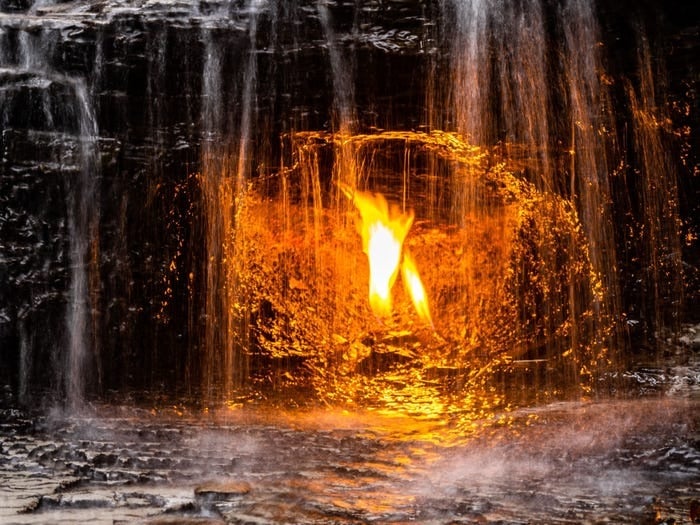
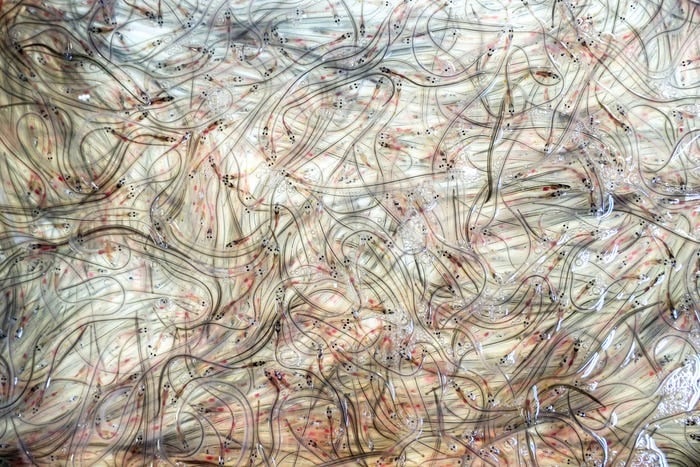
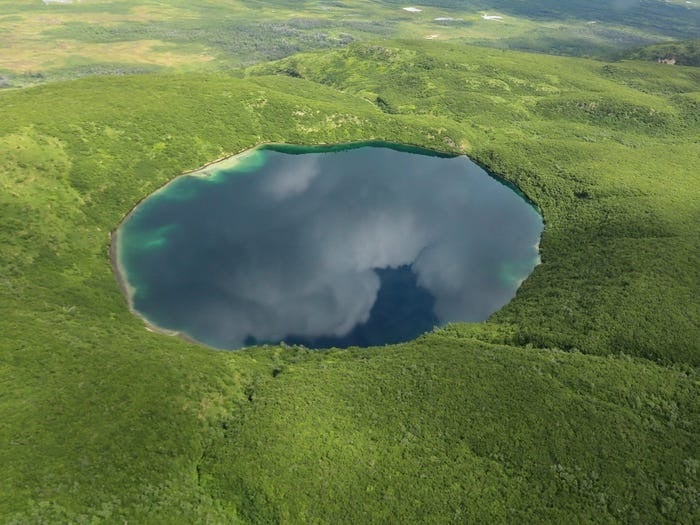

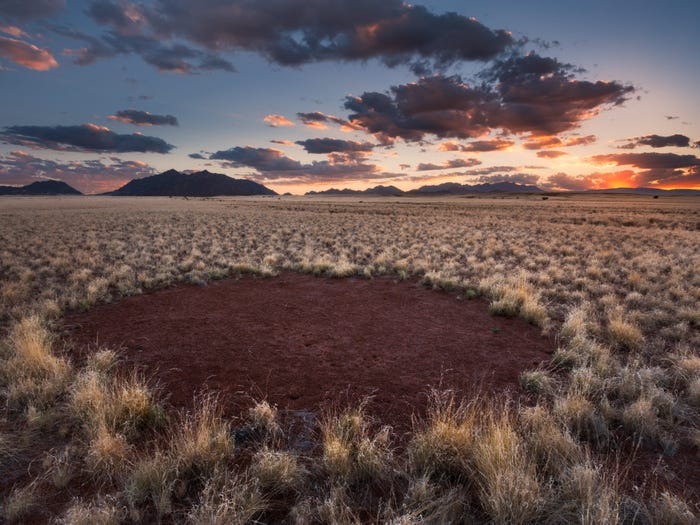
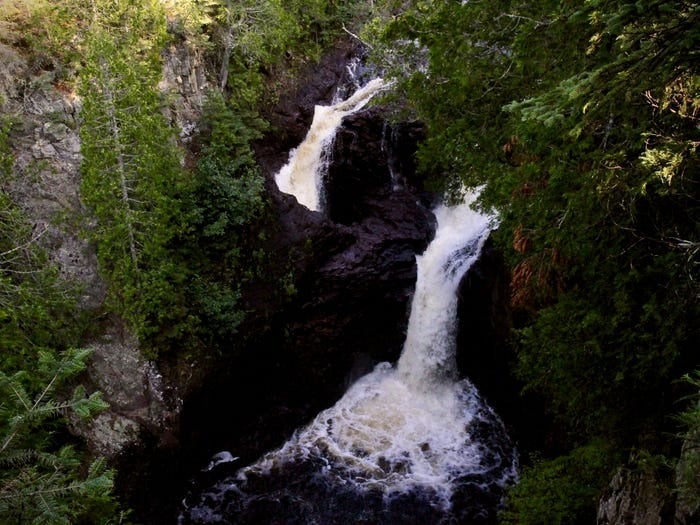
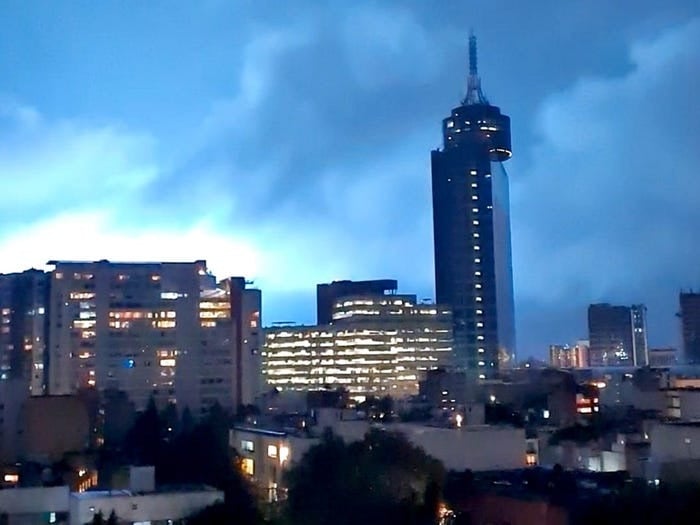
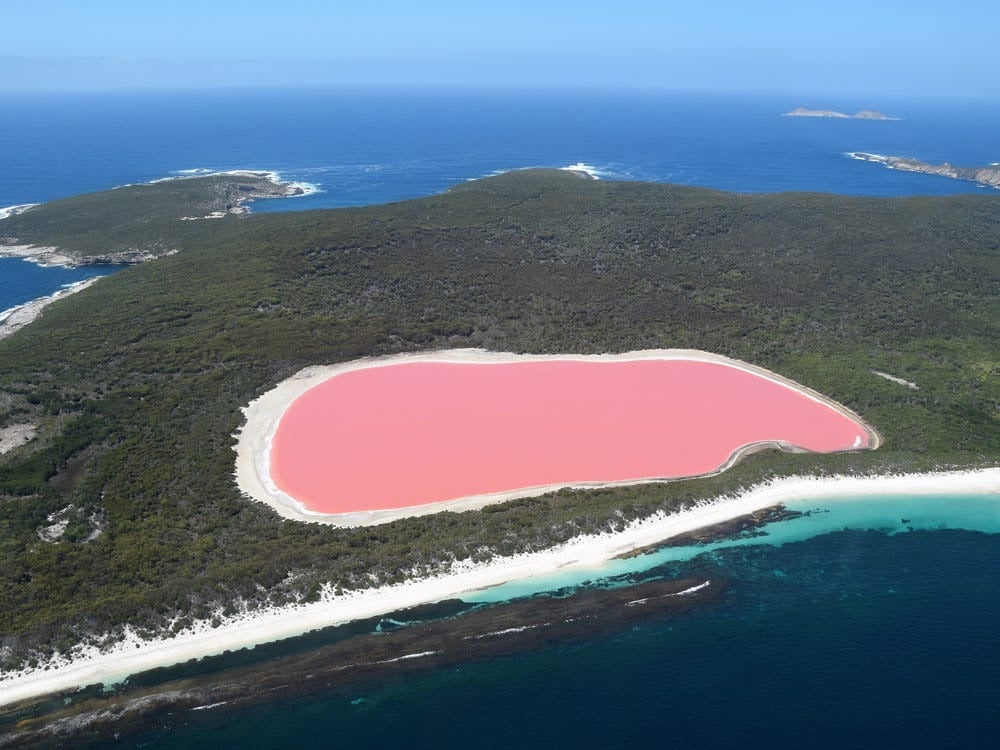
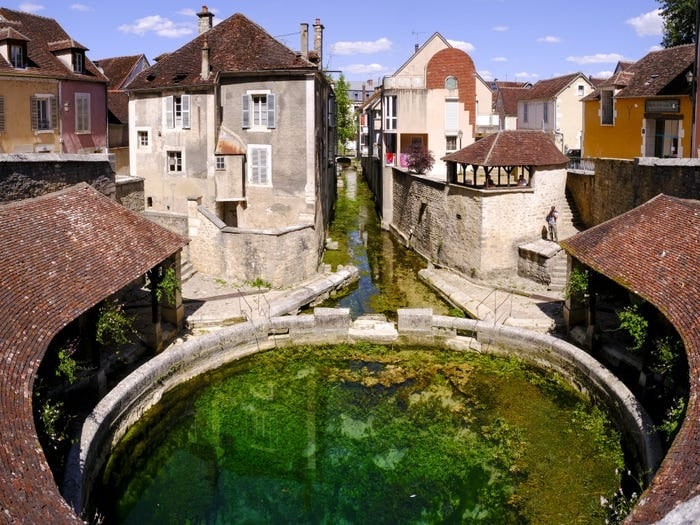








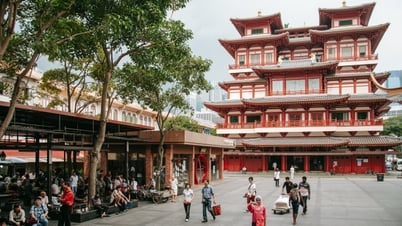


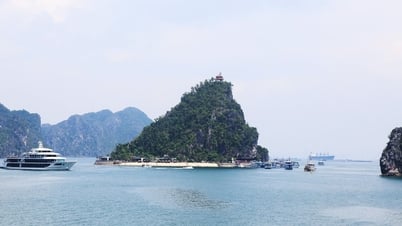
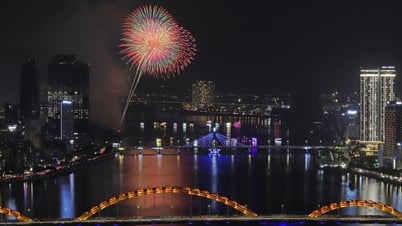
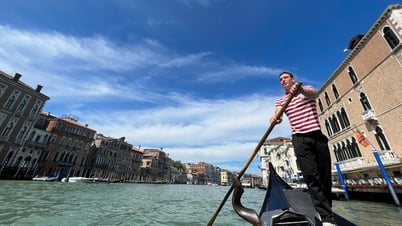



































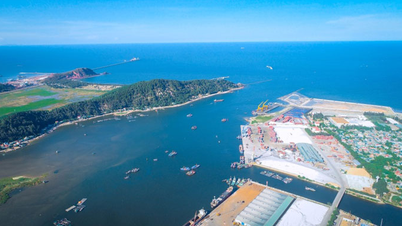










































Comment (0)